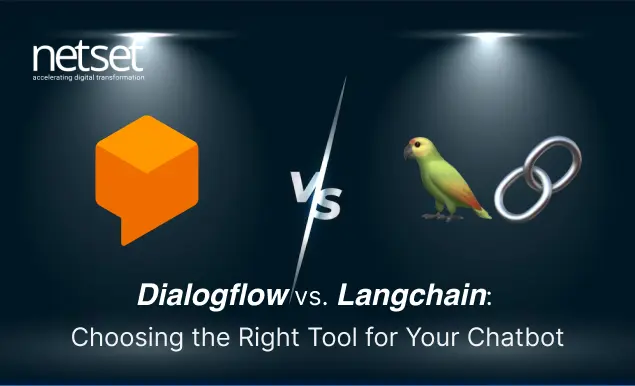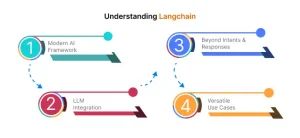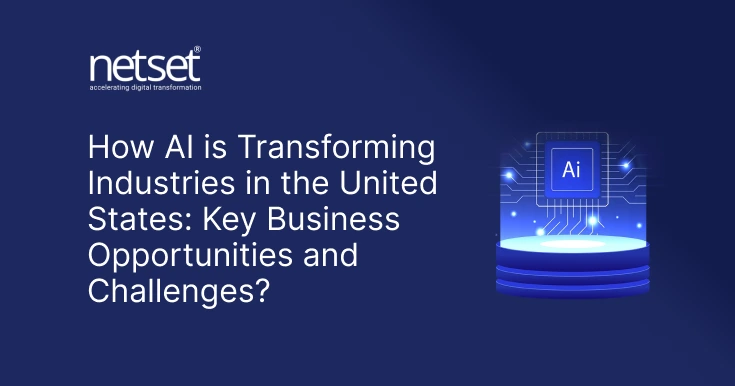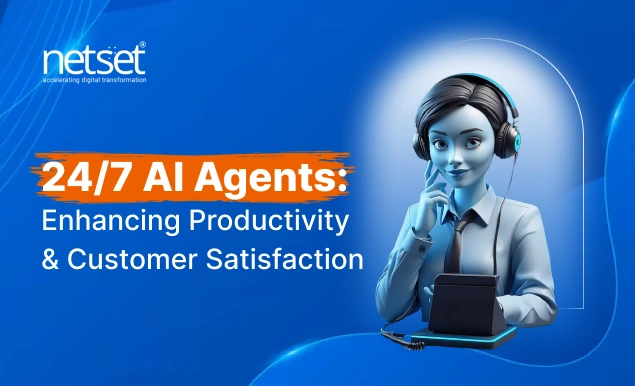Dialogflow vs. Langchain: Choosing the Right Tool for Your Chatbot

Creating a chatbot used to look like a feat in a less technologically advanced world, but it is not the case anymore nowadays. It has become easy to create chatbots but choosing the right tool for the job is a major complex challenge that businesses and their development teams face.
There are so many platforms available in the market, it is easy to get confused. In all these options, there are two names that consistently come up in the world of AI-powered chatbots: Dialogflow and Langchain. While both are powerful in their own ways, they serve slightly different purposes.
It is possible that you are a business owner planning to automate the customer support or a developer creating a smart assistant with memory and logic; it is important to understand them before you opt for the AI development solution.
Understanding Dialogflow
Starting with the more well known choice from the two, Dialogflow owned by the tech giant Google. It is a development platform mostly used for creating conversational interfaces for chatbots and voice apps.
The platform has been around for a while now, which means it has a stable and mature ecosystem, solid documentation, and direct integration with platforms like Google Assistant, Slack, Facebook Messenger, and others platforms.
A key benefit of Dialogflow is the ease of use because of its graphical interface for creating the conversation flows lets teams who do not have any deep coding experience, create the conversation flows.
It uses machine learning to process the natural language inputs, understand the user intent and map them to the backend actions known as responses. It is very helpful for customer service bots and lead generation flows and some simple task-based interactions.
While Dialogflow is able to handle structured conversations very well, it does not do much when it comes to long-term memory or reasoning. If you want your chatbot to remember earlier parts of a conversation or respond on the basis of complex context, you might run into limitations.
For a lot of businesses, it might be acceptable and for some it is not. If the role of your chatbot is to answer FAQs or send users to the right department, Dialogflow does this job with the best of efficiency.
If you are seeking Dialogflow Development Services, you are going to find some really reliable solution providers.
Understanding Langchain
 Now coming to Langchain, it is relatively a new player but it has made a name for itself. Unlike Dialogflow, which is created around preset intents and responses, Langchain is created to build agents that are powered by large language models or what you call LLMs, like OpenAI’s GPT-4 or Google’s PaLM.
Now coming to Langchain, it is relatively a new player but it has made a name for itself. Unlike Dialogflow, which is created around preset intents and responses, Langchain is created to build agents that are powered by large language models or what you call LLMs, like OpenAI’s GPT-4 or Google’s PaLM.
These agents are efficient at doing complex reasoning, database integrations, and even calling APIs or running code during a conversation.
Langchain is not just for chatbots; it is more of a framework for creating AI apps that can think, act, and adapt. Development uses Langchain to create bots that read documents, summarize content, execute the logic, and carry forward context across multiple interactions.
It is useful when your use case goes above the level of basic Q&A sessions and more into the segment of research assistants, internal tools, or conversational agents.
However, all this power comes with a limitation: the requirement of technical expertise. It is not a no-code tool and does not offer a polished drag-and-drop interface like Dialogflow.
You will need to work with an AI software development services provider who is comfortable with Python or JavaScript and has knowledge of LLMs and how to fine-tune their behavior.
Picking the right tool depends upon your goals
The real and quick answer for which tool to choose really comes down to what you are trying to achieve. If your goal is to create a simple and reliable chatbot for things like answering FAQs, confirming bookings, or collecting feedback, then Dialogflow will save you time and money.
It is really a great choice for the teams who want faster deployment, clear structure, and integrations with existing platforms like WhatsApp, Google Chat, or web chat widgets.
But if your aim is to build something more intelligent, let’s say a financial assistant that studies trends, a legal bot that reads documents, or a healthcare agent who is good at remembering the history of patients, then Langchain is your best bet. It can combine multiple tools, memory, and reasoning logic, which really makes it one of the most flexible frameworks out there.
Cost and Performance Considerations
When solving a problem with digital solutions and picking the right technology, cost comes up as a key factor in deciding a lot of things.
Dialogflow operates on a freemium model, which means that you can build basic bots for free and then pay as your usage grows. For most small to medium-sized bots, pricing is affordable, plus you get the benefits like reliability and security of Google Cloud.
Langchain, on the other hand, is more open source and does not have any licensing costs, but it a lot of times uses LLMs like OpenAI’s GPT-4 under the hood, and that is where the expenses can come up.
These models charge per token so your billings can go up if your usage is very heavy and your bot has to process so much content. Also, Langchain bots use more computer-intensive resources, which again increases the backend infrastructure and cloud hosting costs.
For clients searching for AI development services, go through a consultation related to cost and benefit analysis before starting a Langchain project.
Security and Privacy Considerations
When it comes to data privacy, both platforms are secure but again, they go about it differently. Dialogflow takes benefits from the robust infrastructure of Google and does comply with the global data protection standards.
For some businesses that are in regulated industries like finance and healthcare, it can be a major selling point. Langchain, on the other hand, gives great control. It is because of its open-source nature, which can be hosted anywhere and businesses can create fully on-premise solutions or may choose private cloud hosting if they have very sensitive data. This form of flexibility makes Langchain a favorite of companies who want full ownership of their AI stack.
Still, building Langchain-based apps requires real expertise so it will be a great idea to partner with someone who has relevant experience in creating AI development solutions. It will save you a lot of time, effort, and costs.
NetSet’s Quick and Expert Recommendation
Being a Langchain and Dialogflow Development Services provider with successful project rates, here is our expert recommendation, which will help you to choose the right technology.
Choose Dialogflow if:
- You want to launch your digital solution quickly.
- Your chatbot has limited functionality.
- You need something simple and easy to manage without any complexities.
Choose Langchain if:
- You need advanced reasoning and memory capabilities for your business.
- You want to create deep customization and the smartest workflows out there.
- You are creating something more than just a chatbot. Maybe you are creating a full AI assistant or an AI agent.
If you are still not sure, we have a team of expert consultants, with years of experience, who will understand your goals, budget, and timeline. Then they will suggest to you if Dialogflow or Langchain is well suited for your business type.
Final thoughts
The world of chatbots is thriving as more and more brands are looking forward to deploying the most intelligent chatbot to help their customers as well as outperform the competition. Here, AI tools like Dialogflow and Langchain are acting as a core foundation for businesses, giving them ways to easily achieve their chatbot vision.
For anyone trying to pick from the two, the difference comes down to personal preference. For example, for simplicity and speed, Dialogflow is a great choice and for intelligence and flexibility, Langchain is the way to go.




